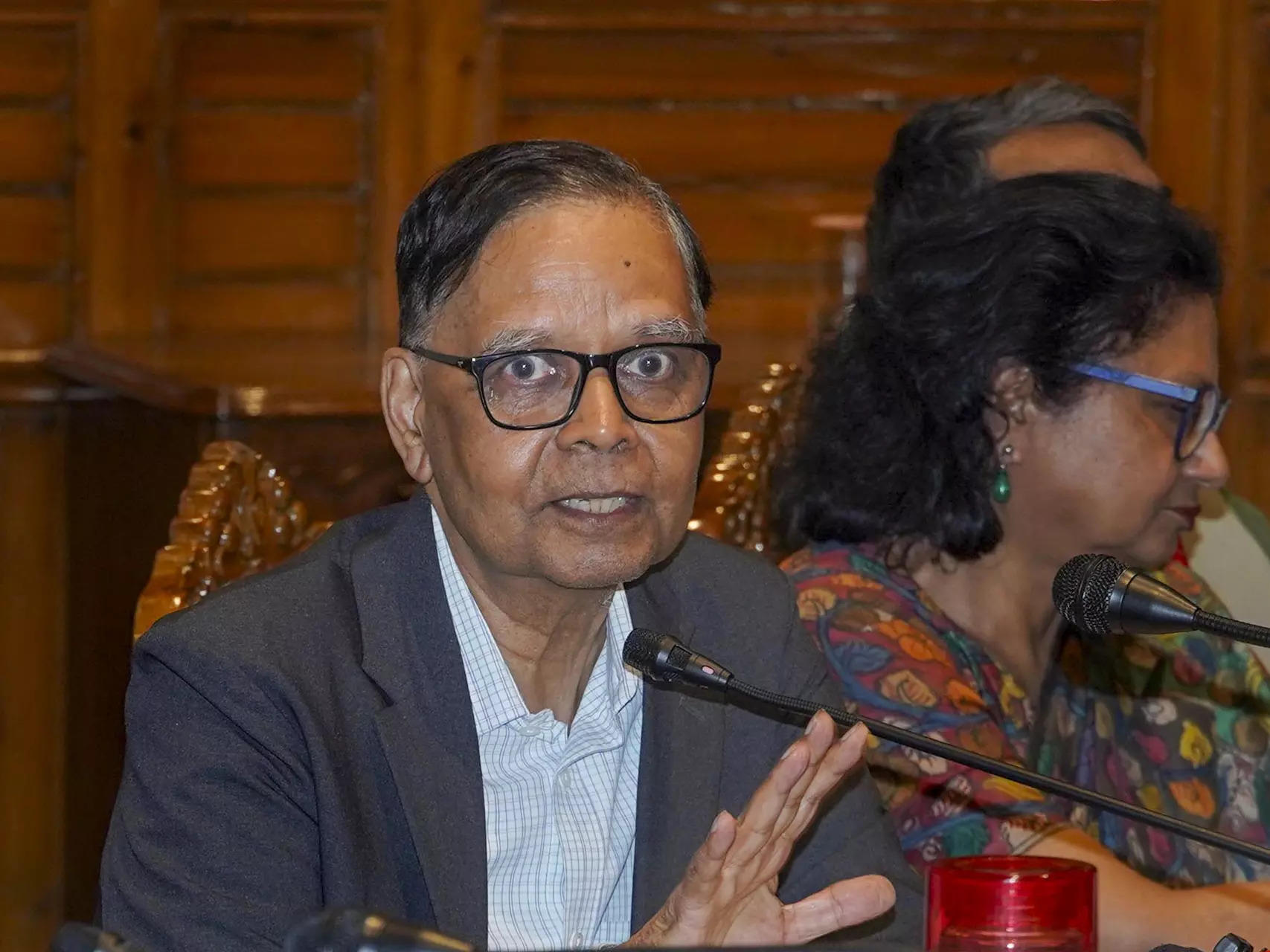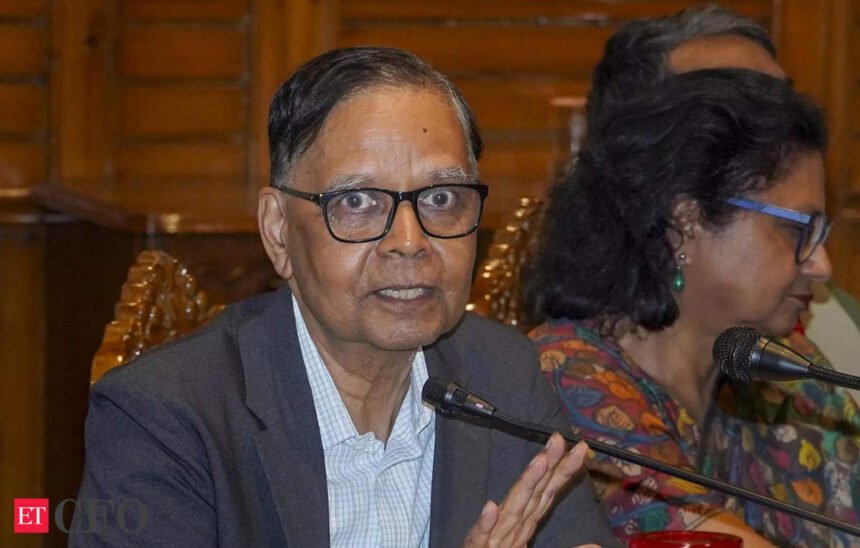[ad_1]

Chinese investments in India should be allowed, barring those that carry security risks, said leading economist Arvind Panagariya, who is chairman of the 16th Finance Commission. This will also give India leverage against China, he told Deepshikha Sikarwar in an interview. In his latest book, India’s Trade Policy, a collection of writings on trade policy, Panagariya has made a strong case against import substitution. Edited excerpts.
The World Bank, in a recent report, talked of the middle-income trap risk for many countries, including India…
At the moment, I see no such threat. I expect us to grow at 7 per cent-plus on a sustained basis in the foreseeable future. As long as we do not repeat the mistakes of the past, this growth will be sustained over a longer period. This is not idle speculation: We did repeat some of the mistakes between 2009 and 2014 and paid dearly for them. If we undertake further reforms, we will be able to push the growth rate further up.
The Economic Survey makes a case for allowing foreign direct investment (FDI) from China. What is your view?
I am not a security expert, but those who are, should be able to tell us the kinds of investments that carry security risks. Beyond that, we may allow Chinese investments. Remember that we also acquire leverage against China when a sizeable investment by that country is on our soil.
Do you see rising protectionism leading to a slowdown in FDI and technology transfers?
There is a body of literature on tariff-jumping FDI that says that when market access is denied through a tariff, potential exporters jump that barrier by locating production inside the country. FDI in the auto industry in India is substantially of this nature. So, paradoxically, protectionism can increase instead of reducing FDI. Perhaps your question has been prompted by the current correlation between rising protectionist sentiment and a slowdown in FDI. If so, I dare say this is a spurious correlation. More likely, the slowdown in FDI is rooted in the high interest rates in the US and other Western countries. As soon as interest rates begin declining, we will see FDI accelerate.
You argue that free trade agreements (FTAs) will lead to a rise in foreign investments in India. Has that story played out as expected?
We have seen FTAs with only relatively small trading partners so far. For a perceptible effect to emerge, we will need an FTA with a large market such as the European Union. Joining the CPTPP (Comprehensive and Progressive Agreement for Trans-Pacific Partnership) on our eastern side will help too. Having unhindered access to inputs for production, and markets for sales, is a big attraction for multinationals when locating their production units.
You’ve talked about an FTA with the US eventually, but what groundwork should India be doing on things like ecommerce?
An FTA with the US is a long way off. We first need to have one with the European Union. But we can possibly engage the US in a limited trade agreement since it is likely to be our biggest trading partner for many years to come.
Your book has made a strong case against import substitution. How does that square with India’s success in telecom equipment and mobile phone manufacturing?
I have never disputed the claim that protection can give rise to an industry. Even during the licence-permit raj era, we created numerous industries behind a super-high wall of protection. To measure success, we must look at manufacturing as a whole — has import substitution resulted in faster growth of manufacturing as a whole over a sustained period?
Why do you push for more FTAs and moving away from the World Trade Organization (WTO)?
I will be the last person to advocate moving away from the WTO. We actually need to strengthen the WTO by reviving the disputes settlement body. Nationally, if we would lower tariffs on a non-discriminatory basis, the need for FTAs would be considerably reduced. Since we are not moving in that direction. FTA becomes the alternative option.
[ad_2]
Source link





